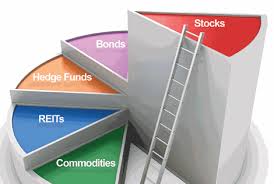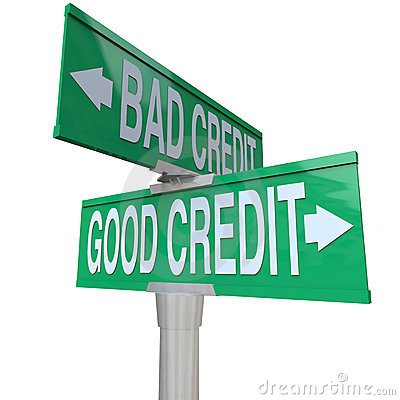Start Date:
08 October, 2025.
End Date:
10 October, 2025.
Course Overview
Eliminating functional silos is an imperative if organizations are to achieve the high levels of customer satisfaction and reduced cost demanded of the supply chain. Eliminating these silos requires creative integration of critical functions that react with both suppliers and customers. The good news is that technology is an enablerÂÂÃ? that is helping the functions involved in supply chain management respond to these new demands. This seminar is designed to provide the processes and tools for Purchasing, Logistics, and Inventory activities to integrate their methods with suppliers and leverage technology to meet the needs of the organization
Course Objective
Upon completion of this seminar, participants will know:
· Concepts related to Supply Chain Management
· Technological tools to improve Inventory, Logistics, and Purchasing operations
· How to better integrate key elements of the supply chain
· Methods to reduce cost, inventory, and cycle time
· How to avoid common errors in reengineering
· Resources to increase their knowledge and skill sets
The organization will benefit by:
· Reduced cost of purchased materials & services
· Reduced Investment in Inventories
· Developing an integration strategy for Purchasing, Logistics, and Inventory
· Improved supplier performance and reduced cycle time
· Higher productivity of those involved in the materials management process
Course Outline
Supply Chain Integration
Integration = Supply Chain Management
· The Demand for Organizational Renewal
· Defining supply chain management
Integration Framework
· Benefits and Barriers
· Stages of integration
Where to Start the Integration Process
· Get rid of the
· Aggregating the spend
· Developing the spend profile
· Defining Commodity/Service Groupings
Integration Requires Alliances
· Defining the alliance
· The alliance process
· Success factors and barriers to Alliances
Reengineering the Processes
Changes in Supply Chain Responsibilities
· Major categories of change
· Map your supply chain
· Achieving supply chain alignment
The Need for Process Change
· Reengineering is a must
· Common errors in reengineering
· The basics of reengineering
Keys to Successful Integration of e-Tools
· Skill sets
· Best practices implemented
· The major advantages of e-Tools
Integration Tools
Technology and Supply Chains
· The challenges of integration
· Enterprise resource planning (ERP)
· Strategic Sourcing Software
Technology Tools for Supplier Relationship Management (SRM)
· Components of supplier relationship management
· Impact of online SRM
· Features to look for in SRM system
Common Logistic Processes
· Forecasting and Inventory Control
· Developing Economic Order Quantities
· Fixed Order Quantity Systems
Applying Concepts & Technologies
Common Logistic Processes
· Transportation
· Warehousing
· Customer Service
Improvement Initiatives-Cycle Time Reduction
· Cause of long cycle time
· Reduction Opportunities
· Steps in cycle time reduction
Vendor Managed Inventories
· Types of vendor managed inventories
· Integrated supply
· Collaborative planning, forecasting and replenishment
E-Reverse Auctions
· Driving Forces
· How do they work
· Issues involving e-Reverse Auctions
Managing Sourcing Risk
Expressive Bidding
· The new tool for complex bid evaluations
· Providing the analytics for integration
· The key concepts
The Outsourcing Issue:
· Advantages to insourcing
· Advantages to outsourcing
Identifying and managing supply risk
· Where do things go wrong
· Types of risk
· Managing the risks
Developing the Integration & Technology Strategy
· Elements to be considered
· Establishing the management environment
· Steps in defining and implementing the strategy
INVENTORY MANAGEMENT
Duration: 3 Days
Course Overview
Supply chain management and logistics encompasses all the activities involved in getting products to consumers including planning, storing, moving, and accounting for inventory. Inventory availability is the most important aspect of customer service, and the cost of inventory is one of the most important entries on a companyâÂÂÂÂÂÂÃ?â?¬ÂÂÂÂÂÂÃ?â?¢s balance sheet
Course Objective
Upon completion of this course, you will be able to:
- Understand the use of inventory throughout the supply chain
- Develop inventory strategies to support business strategies
- Analyze tradeoffs between inventory costs and customer service levels
- Determine how to measure and improve inventory performance
- Understand and manage variability that impacts inventory
- Evaluate how to tradeoff transportation and inventory costs
- Determine how to optimize inventory levels to meet service requirements
- Understand the basics of inventory and forecasting technology
Course Outline
- Inventory fundamentals
- Information requirements for inventory
- Inventory replenishment
- Inventory positioning and determining what to stock
- Inventory rationalization
- Forecasting and demand sensing
- Forecasting and inventory management technology
- Improving inventory performance
- Inventory planning trends and innovation







